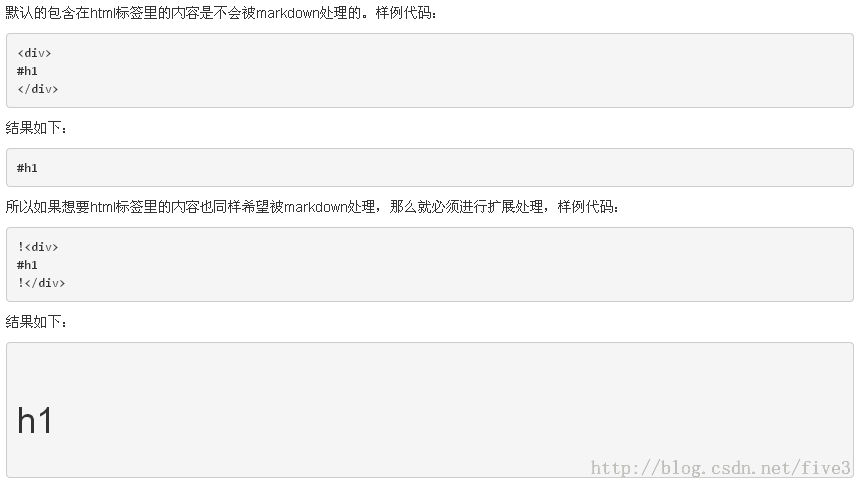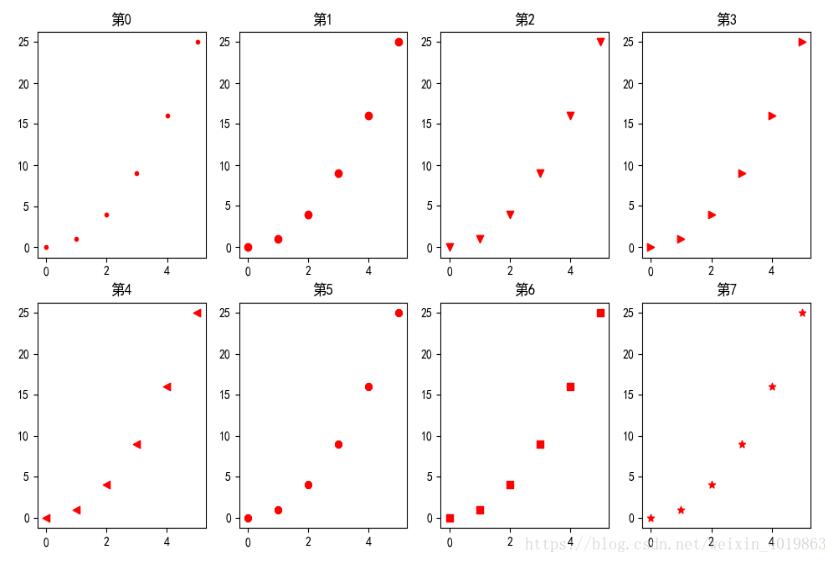Python实现基于TCP UDP协议的IPv4 IPv6模式客户端和服务端功能示例
本文实例讲述了Python实现基于TCP UDP协议的IPv4 IPv6模式客户端和服务端功能。分享给大家供大家参考,具体如下:
由于目前工作的需要,需要在IPv4和IPv6两种网络模式下TCP和UDP的连接,要做到客户端发包,服务端收包。
前几天写了代码,但是把UDP的客户端和服务端使用TCP模式的代码了。今天在公司使用该工具的时候,发现了问题,忘记了UDP不需要验证。疏忽,疏忽。不过刚刚接触编程,可以原谅。
现在在家,已经把代码改好了。经测试可以使用。
先运行客户端:
python MiniClient.py host port mode(t4, t6, u4, u6)
再运行服务端:
python MiniServer.py host port mode(t4, t6, u4, u6)
客户端代码如下:
import socket, sys
import time
class MiniClient:
h = ''
p = ''
m = ''
def __init__(self, host, port, mode):
self.h = host
self.p = int(port)
self.m = mode
def tcpC4(self):
tcpT4Client = socket.socket(socket.AF_INET, socket.SOCK_STREAM)
print "Done........"
tcpT4Client.connect((self.h, self.p))
print "TCP IPv4 TCP mode connecting..."
while True:
time.sleep(1)
tcpT4Client.send('hello')
print "hello send to Server"
def udpC4(self):
udpT4Client = socket.socket(socket.AF_INET, socket.SOCK_DGRAM)
print "UDP TCP IPv4 Mode connecting..."
while True:
time.sleep(1)
udpT4Client.sendto("hello", (self.h, self.p))
print "Hello Send to " , self.h , ' Use ', self.p, 'Port'
def tcpC6(self):
tcpT4Client = socket.socket(socket.AF_INET6, socket.SOCK_STREAM)
print "Done........"
tcpT4Client.connect((self.h, self.p))
print "TCP IPv6 TCP mode connecting..."
while True:
time.sleep(1)
tcpT4Client.send('hello')
print "hello send to Server"
def udpC6(self):
udpU6Client = socket.socket(socket.AF_INET6, socket.SOCK_DGRAM)
print "UDP TCP IPv4 Mode connecting..."
while True:
time.sleep(1)
udpU6Client.sendto("hello", (self.h, self.p))
print "Hello Send to " , self.h , ' Use ', self.p, 'Port'
if __name__ == "__main__":
x = MiniClient(sys.argv[1], sys.argv[2], sys.argv[3])
if x.m == 't4':
x.tcpC4()
elif x.m == 't6':
x.tcpC6()
elif x.m == 'u4':
x.udpC4()
else:
x.udpC6()
服务端代码:
import socket, sys
class MiniServer:
h = ''
p = ''
m = ''
def __init__(self, host, port, mode):
self.h = host
self.p = int(port)
self.m = mode
def serverT4(self):
tcpT4Server = socket.socket(socket.AF_INET, socket.SOCK_STREAM)
print "Server Socket Created......."
tcpT4Server.bind((self.h, self.p))
print "Wating for connecting......."
tcpT4Server.listen(5)
while True:
clientSock, clientaddr = tcpT4Server.accept()
print "Connected from: ", clientSock.getpeername()
clientSock.send('Congratulations........')
while True:
buf = clientSock.recv(1024)
print buf
#clientSock.close()
def udpT4(self):
udpT4Server = socket.socket(socket.AF_INET, socket.SOCK_DGRAM)
print "UDP TCP IPv4 Mode Start....."
udpT4Server.bind((self.h, self.p))
print "UDP Server Start"
while True:
udpT4Data, udpT4ServerInfo = udpT4Server.recvfrom(1024)
print "Receive from ", udpT4ServerInfo, " and The Data send from The Client is :", udpT4Data
def serverT6(self):
tcpT6Server = socket.socket(socket.AF_INET6, socket.SOCK_STREAM)
print "Server Socket Created......."
tcpT6Server.bind((self.h, self.p))
print "Wating for connecting......."
tcpT6Server.listen(5)
while True:
clientSock, clientaddr = tcpT6Server.accept()
print "Connected from: ", clientSock.getpeername()
clientSock.send('Congratulations........')
#clientSock.close()
def udpT6(self):
udpT6Server = socket.socket(socket.AF_INET, socket.SOCK_DGRAM)
print "UDP TCP IPv4 Mode Start....."
udpT6Server.bind((self.h, self.p))
print "UDP Server Start"
while True:
udpT4Data, udpT6ServerInfo = udpT6Server.recvfrom(1024)
print "Receive from ", udpT6ServerInfo, " and The Data send from The Client is :", udpT4Data
if __name__ == "__main__":
x = MiniServer(sys.argv[1], sys.argv[2], sys.argv[3])
if x.m == 't4':
x.serverT4()
elif x.m == 't6':
x.serverT6()
elif x.m == 'u4':
x.udpT4()
else:
x.udpT6()
更多关于Python相关内容可查看本站专题:《Python Socket编程技巧总结》、《Python数据结构与算法教程》、《Python函数使用技巧总结》、《Python字符串操作技巧汇总》、《Python入门与进阶经典教程》及《Python文件与目录操作技巧汇总》
希望本文所述对大家Python程序设计有所帮助。

